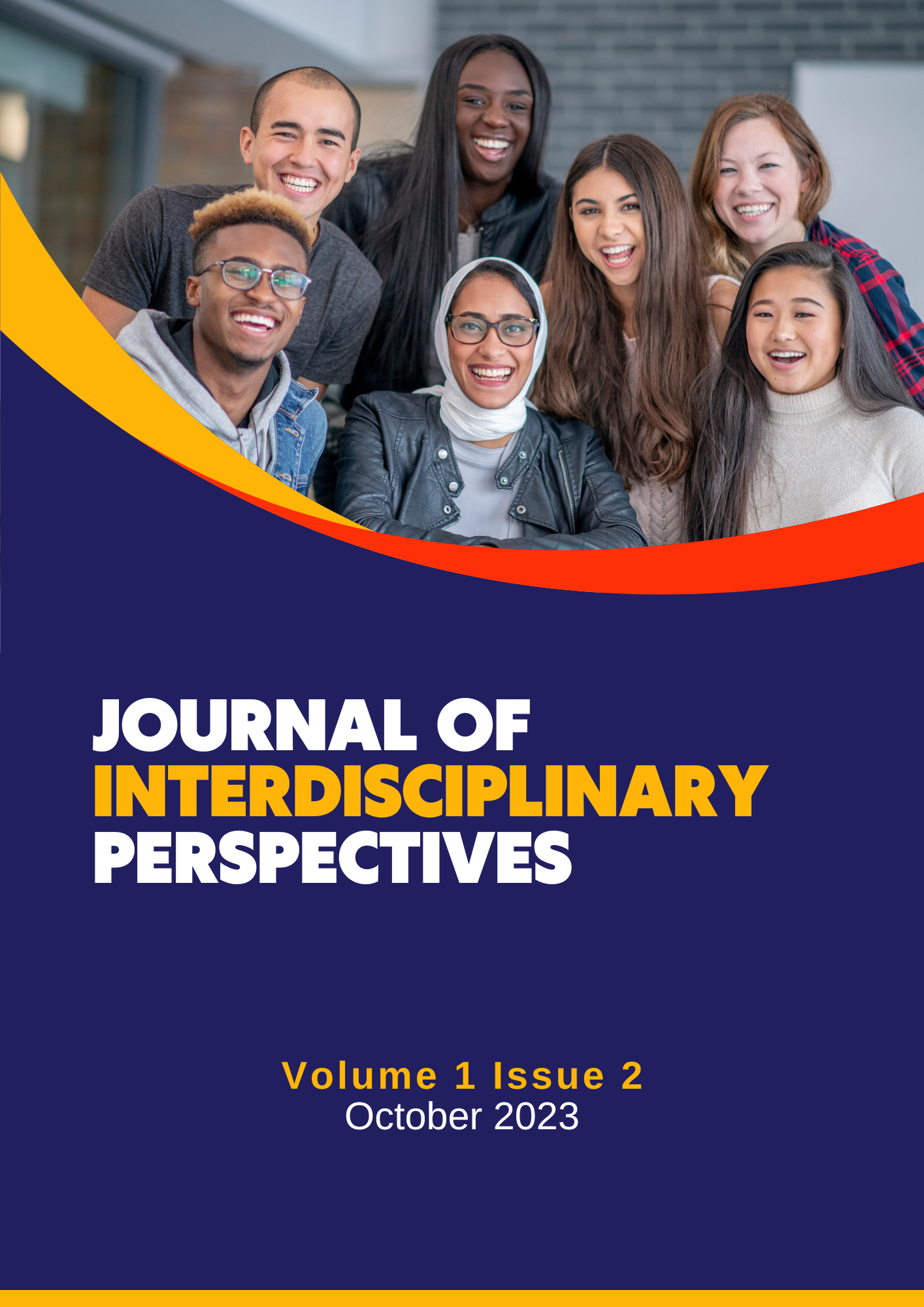Applying an Appropriate Standard of Evidence in Victim Identification Policies and Practice in Cambodia, Indonesia, Malaysia, Myanmar, Philippines, and Thailand
DOI:
https://doi.org/10.69569/jip.2023.0006Keywords:
Human trafficking, Modern slavery, Victim identification, Evidence, Victim-centeredAbstract
Human trafficking remains to be a bane in our time undermining economic progress and perpetuating inequities by setting vulnerable communities who fall prey to it further back. This vicious cycle increases the risk of re-trafficking for victims who escape, and leaves layered trauma experiences unaddressed. To counter this, labor-receiving countries need to connect human trafficking victims to social services that utilize victim-centered and trauma-informed approaches geared toward victim restoration. Often the first step in accessing these services is victim identification. However, officers of government frontline agencies with the mandate to enforce the anti-human trafficking law apply very strict standards in their screening method. The perceived outcome of cases in trial plays a crucial role in victim determination. Thus, there is the tendency to apply evidentiary standards appropriate for a court trial in victim identification. Such practice tends to be adversarial where the burden of proof is paced on the victim’s shoulders. Utilizing the standards of evidence as a conceptual framework has the potential of shifting rigid procedures and processes. The standards of evidence framework can calibrate and adjust current practices in victim identification to the appropriate threshold in favor of potential victims of trafficking accessing and receiving victim-centered services.
Downloads
References
ASEAN. (2015). ASEAN Convention Against Trafficking in Persons. ASEAN Main Portal. Retrieved from asean.org: https://www.asean.org/wp-content/uploads/2015/12/ACTIP.pdf
ASEAN. (2023). Do No Harm Guide for Frontline Responders Commission. ASEAN Main Portal . Retrieved from asean.org: https://asean.org/wp-content/uploads/2023/01/2022-12-07-DNH-Final-ENG_Formated.pdf
ASEAN Commission on the Promotion and Protection of the Rights of Women and Children. (2016). Regional Review on Laws, Policies and Practices within ASEAN Relating to the Identification, Management and Treatment of Victims of Trafficking, Especially Women and Children. ASEAN Main Portal. Retrieved from https://asean.org/wp-content/uploads/2021/01/Regional-Review-on-Laws-Policies-and-Practices-within- ASEAN-relating-to-the-Identification-Management-and-Treatment-of-Victims-of-Trafficking-especially- Women-and-Children-2016.pdf
Kasper, E., & Chiang, M. (2022). Barriers and opportunities for more effective identification of victims of human trafficking: Insights from bangladesh, cambodia, and taiwan. Winrock International. https://doi.org/10.19088/IDS.2022.033
katharina.kiener-manu. (n.d.). Trafficking in persons & smuggling of migrants module 8 key issues: Trafficked persons as victims. Retrieved September 22, 2023, from //www.unodc.org
Tsion Chudnovsky. (2019). Legal burdens of proof presentation. https://doi.org/10.13140/RG.2.2.29682.35524 United Nations (Ed.). (2010). Recommended principles and guidelines on human rights and human trafficking:
Commentary. United Nations.
US Department of State. (2022). Trafficking in Persons Report. Retrieved from state.gov: https://www.state.gov/wp- content/uploads/2022/10/20221020-2022-TIP-Report.pdf
Downloads
Published
How to Cite
Issue
Section
License
Copyright (c) 2025 Journal of Interdisciplinary Perspectives

This work is licensed under a Creative Commons Attribution-NonCommercial 4.0 International License.








